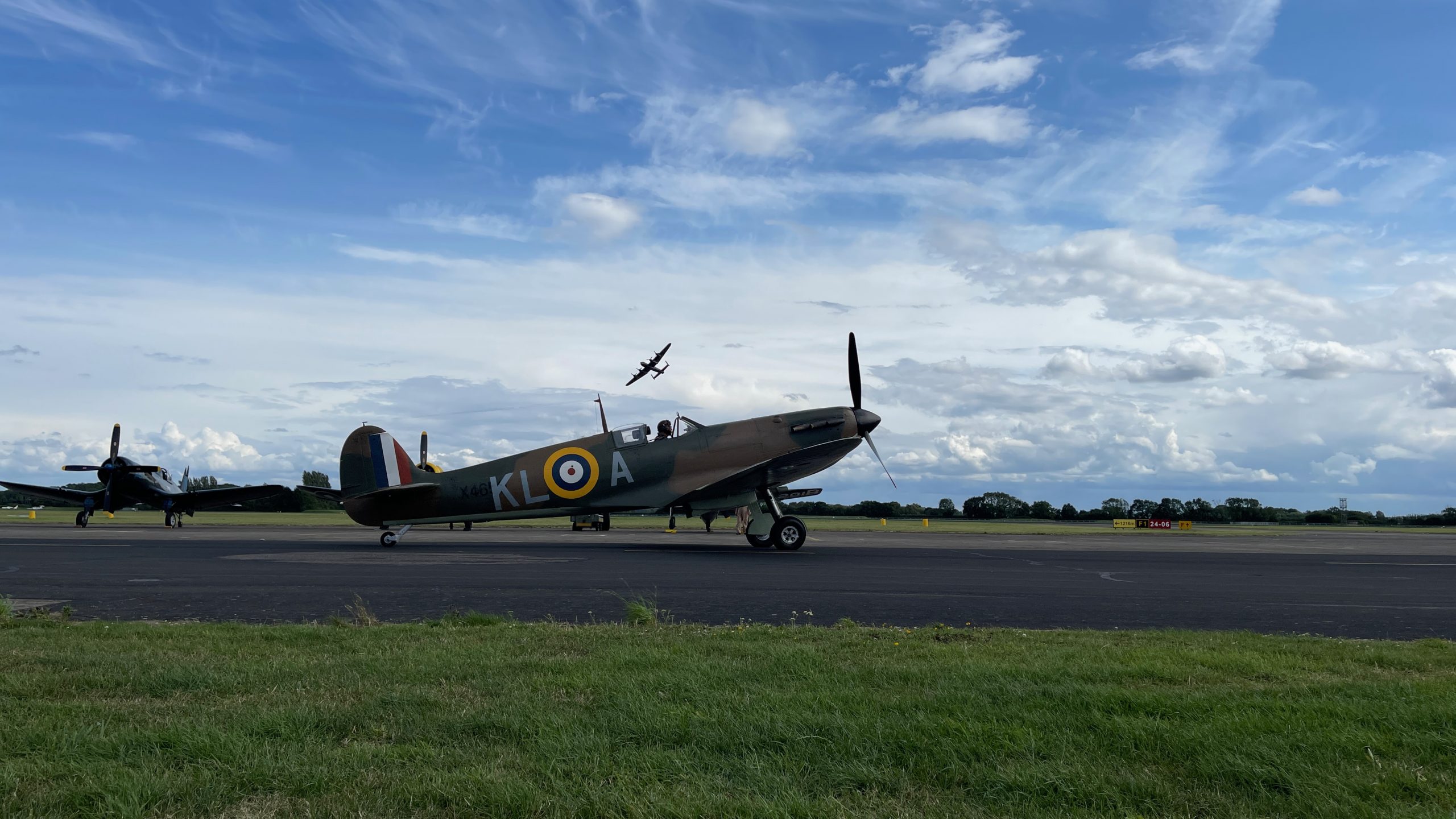Rupert Butler was an instructor on Jet Provost T3s and T4s as a member of 1 Sqn of 7 FTS for around 18 months, until shortly before the FTS was disbanded in 1966. Below can be read some of his reminiscences.
I take the chance to congratulate you on your Labour of Love. All of its parts have combined to give a clear sense of a good flying station with a history to be proud of.
My little bit of its history was as a flying instructor on Jet Provosts T3 and T4. I was on 1 Sqn of 7 FTS for about 18 months, until just before the FTS was closed in 1966.
7 FTS had just two squadrons of two flights each, where the norm was three squadrons. For us, as for your other respondents, the station was a very happy one perhaps just because it was smaller than usual.
With one exception, the names I remember remain undistinguished except that they epitomised steady experience, skill and professionalism. The station commander was Gp Capt Clive Baker, a very dry soul whose background included war service in the Far East twenty years before and whose chief role seemed to be personally to absorb whatever enmity might otherwise, on a normal station, have divided his officers. Such as it was, that enmity did not stop us piling in to help dry out his Station Commander’s Residence (his I think being the lowest lying of all the married quarters) when the River Wharfe had one of its fits of real bad temper !
My squadron commander was Sqn Ldr Bill Waite, an excellent person who later worked for BAE in Saudi Arabia. For a while I had as Flight Commander Flt Lt Cyril Peters DFC – a very downy bird, shrewd and firm; he was once a Lancaster pilot and then a school teacher before he came to us; he retired as a teacher of “difficult” children in a special school in Lincolnshire.
The standardisation flight could have been a source of anxiety for a young instructor, but not one run by Sqn Ldr Tom Cody and Flt Lt Duncan Robinson – Cody an old-school gent and both very experienced and imaginative teachers.
On our squadron there were two or three “creamed-off QFIs”, meaning that they had been taken straight from flying training onto the instructors’
course and then to us. They would characteristically have been highly rated as students of course, but they would be in the instructors’ crew room with no background and no “war stories”. We other instructors would be conscious that they could not pass onto their students anything that was not in the book. The Canberra squadron I had been on previously had such a pilot, then on his second tour, who fitted badly because he had some seniority and a clear sense of his own worth but still lacked experience to go with it. So our creamies were supervised carefully and otherwise tended not to be very prominent in our lives. One of these was the late “Hoof” Proudfoot, who afterwards blossomed into a truly exceptional airman and an all-round star show pilot.
One of your correspondents mentioned Flt Lt James Nicholson VC. As a bachelor I was accustomed to walk and bicycle around the countryside. In this way I met by chance his widow who lived nearby in a very comfortable woodland house with their one son. She was a very elegant lady who occasionally lent distinction to our Officers’ Mess functions. I remember that the younger Mr Nicholson was an executive locally in the wine trade and had plenty of time to be a prominent local amateur cricketer.
The flying was fun. Apart from the noisiness of the Viper, previously mentioned, the aircraft were just right for the job. I have always believed that the training is better done side-by-side than in tandem cockpits as in the Tucano. (I later went into Air Experience flying and would say the same about the Bulldog v the Chipmunk). One oddity that comes to mind was the dual exercise that we did in the T4; we would climb as far as the aircraft would go in order to demonstrate how, in really thin air, it would wallow and run out of puff. We were conscious (and firmly reminded in briefings
etc) that at least the older of us were liable to suffer from bends and were at risk of something worse. The whole exercise seemed to me to be mildly pointless; I have always wondered that the Service bought so many T5s, fearing that this one ponderous exercise was its only justification for doing so.
We were not a “chopping” school, unlike the fast jet AFTS and OCUs. However, in our time, there was an edict that there were no bad students – only bad instructors. I had a student whom I thought too slow for the work; the edict got him through because he got the extra hours he needed. We had one other student who was able but pathologically dishonest – we all wanted to chop him; I do not know what became of him but he was always going to be the pilot for whom the accident was waiting to happen.
My saddest experience arose from my night-checking (dual before solo) the quiet sensible young student of another instructor. Climbing out from the runway at the start of his solo sortie, he went into the medium-level cloud that we had entered dual. He presumably fixated on too few instruments, lost control and dived into the ground. I knew the fireball on the horizon was his because, in another aircraft, I had heard his R/T on departure. I met his parents at the inquest; they were kind to me and sadly recognised that the accident was “one of those things”.
I hope these notes help to give flavour to a relatively empty part of your history.
With best wishes
Rupert Butler

